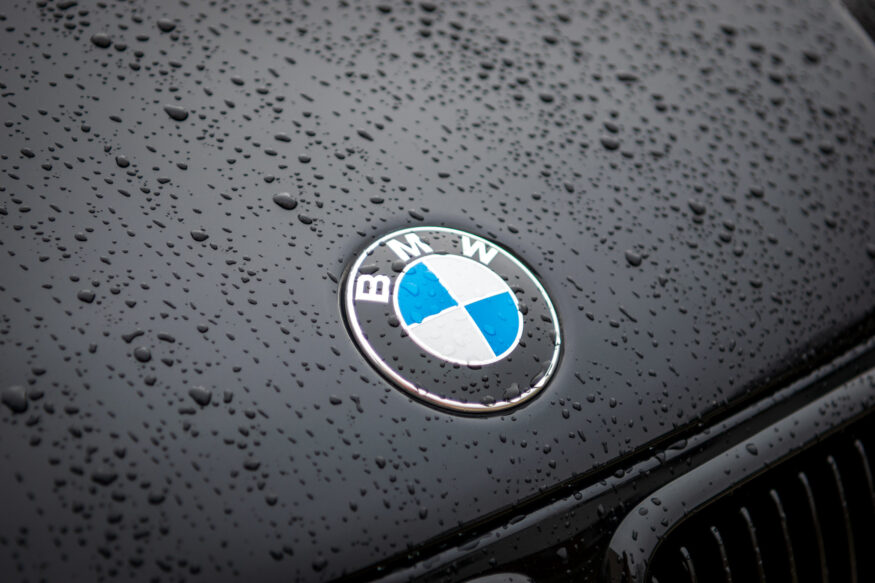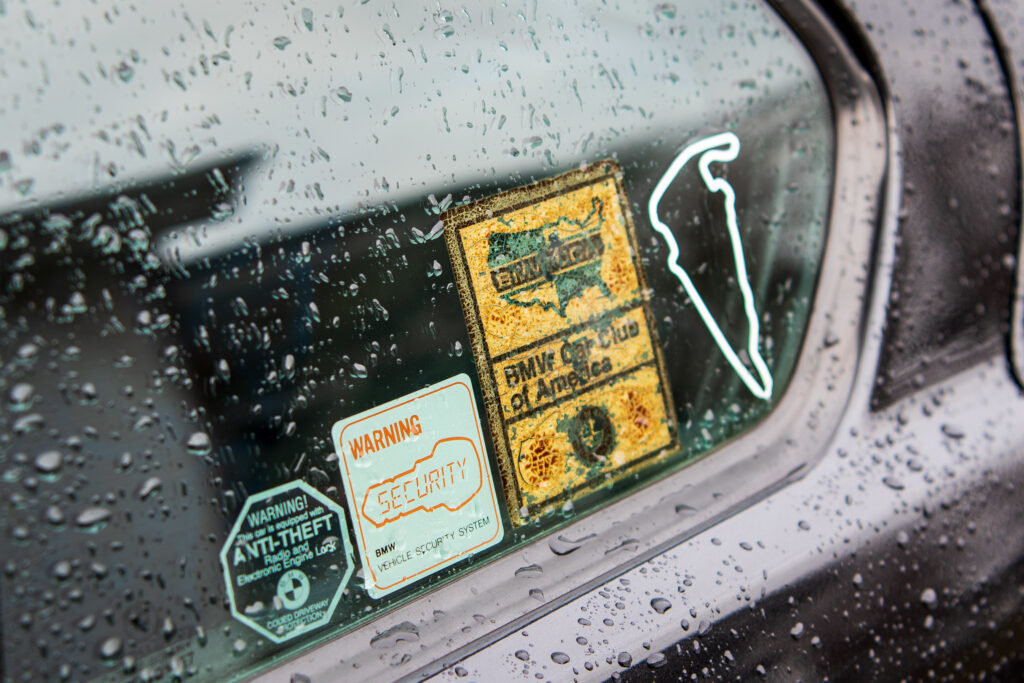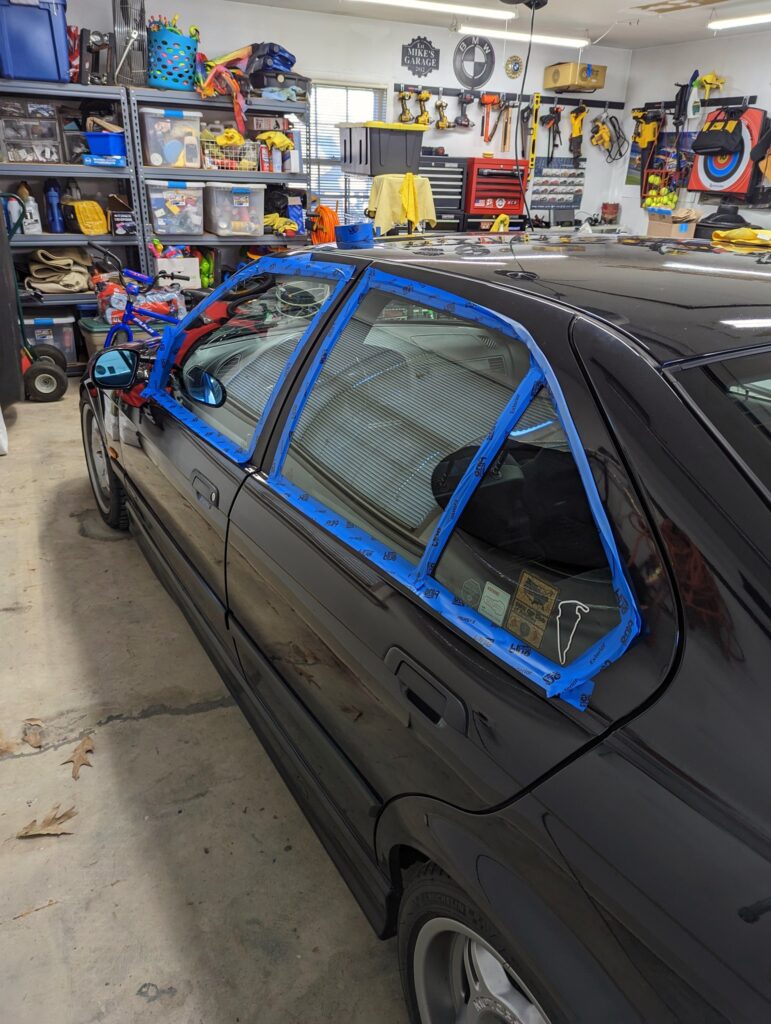Water spots aren’t a big deal, right? Those hard-water mineral deposits of magnesium, calcium, or something similar should just wipe off with some window cleaner and a cloth. Or, in a worst-case scenario, you may have to wash your vehicle again and then quickly dry the windows before any hard water takes hold.
That’s what I used to think, until I was faced with water spots forged in the depths of Mordor. As I’ve been working through issues on my latest project car, a five-speed manual 1998 M3 sedan, I noticed that the windows were covered in water spots. This is something I noticed when I purchased the car, but dismissed them as it would be a simple fix—a simple wipe down or car wash.
After washing my car on an unseasonably warm day in December, the water spots remained. That’s the point when they started to bother me because, well, they ruined my tried-and-true water spot removal theory. Neither a window-cleaner wipe down nor a full wash had extricated them from my windows. To make things worse, when driving in direct sunlight they were apparent to the point of being a distraction. Seeing out of the rear window was especially difficult due to the sunlight catching thousands of little spots.
At this point, I did what most people would do. I acknowledged that I don’t know what I’m doing and I consulted the experts—I Googled “how to remove water spots from car windows.” As I had time over the course of the following week, I tried:
- A 50/50 mix of white vinegar and distilled water. I tried this in a spray bottle. I also tried this by soaking a towel in it and letting it sit on the rear window for five to ten minutes. No change.
- Various water-spot-removal chemicals from reputable detailing brands. No change.
- Wax. No change.
- Magic Eraser. No change, aside from a headache due to the horrible squeaks emitted from dragging Magic Eraser across glass.
I stopped experimenting with water spot removal methods at “acid wipes.” That just didn’t sound good for rubber trim or paint (or anything, really), which it would inevitably get on regardless of how much protective painter’s tape was applied.
Instead, I went a different route: friction. I altered my search to “water spots rubbing compound windows.” In the results, I was treated to a few videos of detailers using an orbital buffer and rubbing compound to remove difficult water spots from windows. I tried a small area by hand first. With significant effort a small section of the window was water-spot-free.
Armed with a Harbor Freight orbital buffer, a cutting pad, some compound, and painters tape, I got to work. It took longer than expected—about two hours. It required multiple passes with the orbital and additional work by hand in the corners, where the orbital pad couldn’t easily reach. But once it was done, it was glorious. The windows were free of those terrible little spots.
Of course, preventing difficult water spots in the first place would be the ideal solution. Don’t expose your vehicle to hard water, and if you do, wipe down the windows and bodywork before it dries. There are vehicle washing systems that also mitigate this, but sometimes it’s simply unavoidable.
If you live in an area with hard water and seemingly can’t remove the deposits from your windows, give a buffer and some compound a try. The results are clear!—Mike Bevels


























